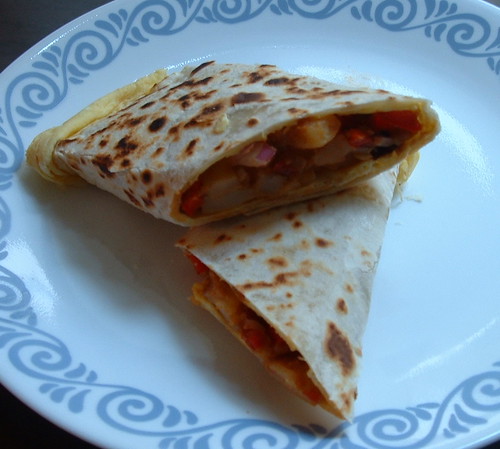This article is first of a special series called "The A-Z of Marathi food". India is the land of diversity. Each of the 28 states in India has a unique cuisine but the Indian food served in restaurants represents only a tiny fraction of our culinary heritage. I come from the western Indian state of Maharashtra. Capital: Bombay (Mumbai.) Population: 96 million (only 11 countries in the world have a population higher than Maharashtra.) Language: Marathi. Traditional Marathi food is earthy and humble, diverse and very tasty. It also remains relatively unknown to those outside the state. It's time to change that. I invite you to join me on an alphabetical culinary tour of my home state. We will go through the letters A to Z and make a dish with each letter to showcase the cuisine that I grew up on.
D is for Dalimbay Bhaat
Today we continue the journey with the letter "D", another letter with lots of foodie potential! Thank you all for some great "D" suggestions.
Dairy foods hold an important place in the predominantly vegetarian Indian diet, and
Dahi (yogurt) and
Dudh (milk) both happen to be "D" words. Yogurt has many nutritional benefits and most Marathi meals are served with home-made yogurt as a side dish. I confess that I don't consume enough yogurt to actually make it myself, making do with the weekly jar of branded store-bought yogurt instead. But if anyone wants to try their hand at making Dahi,
Indira has written a very informative post about making
home-made Yogurt. Yogurt is eaten plain, as a side-dish but itself also forms part of some delicious recipes. One of the most popular "chaat" foods showcasing Dahi is the
Dahi Vada that I made recently.
Other "D"s include some wonderful vegetables, including
Dudhi (a cousin of the pumpkin with pale green skin and milky flesh),
Dhabbu mirchi (the green pepper or capsicum, the word literally means "chubby pepper"!) and my personal favorite, the ridge gourd or
Dodka.
But the most far-reaching "D" food has to be Dal. A simple three-letter word which is all inclusive of the peas, beans and lentils that are the seeds of legume plants. Dals are a miracle food...nutritionally, they are rich in protein and fiber while being low in fat; dals can be dried and stored for long periods, thus being available year-round, the variety of dals means that you need never be bored eating rice-and-dal; and even ecologically, legume plants play an important role in "fixing" nitrogen in the soil and enriching it. What's not to love, right?
I decided to peek into my kitchen and check out how many types of dals I really have on hand. Total: 11, and a few jars are empty, to be refilled on my next visit to the Indian store. Here is the gallery of the dals I have on hand, demonstrating the amazing variety; in size, from the wee moong dal to the gigantic butter beans; in color from the pale urad dal to the dark lentils; in shape and indeed, taste.
A Gallery of Dals
The inspiration for this decorative arrangement came from the Indian folk-art of
Rangoli in which colored powders are artfully used to make beautiful geometric patterns on the floor. The word "dal" is written in english, hindi and marathi, the three languages I know and love.
So what am I making today? I chose a bean that is very popular in Marathi cuisine, a tasty bean called Vaal or Dalimbay. This bean has a pleasant slightly bitter flavor ( the same way greens are pleasantly bitter). Dalimbay are made into a curry or a rice (bhaat) and the latter is what I chose to make for a nice simple Sunday lunch.
The beans first need to be sprouted:
This is what they look like (1) in the dry state (2) after overnight soaking (3) after 2 days of sprouting. These sprouted beans then have to be peeled. The peel pops right off and it is even easier to do if you place the sprouted beans in a bowl of warm water. Now making the rice is really easy; Bhaat in Marathi means rice.
Dalimbay Bhaat
(serves 4-6)
1 cup rice, uncooked
1 1/2 cup dalimbay beans, sprouted and peeled
1 onion, sliced
5-6 curry leaves
1/2 tsp mustard seeds
1/2 tsp cumin seeds
1/2 tsp turmeric
1/2 tsp red chilli powder/cayenne pepper
1 tsp garam masala/ amti masala
1 tsp coriander powder
1/2 tsp cumin powder
salt to taste
2 tbsp oil
2 tbsp minced cilantro
2 tbsp grated coconut (fresh or frozen)
Method:
1. Heat oil and make a "tadka" with mustard and cumin seeds.
2. Add curry leaves and onion and fry till onion is cooked and transluscent.
3. Add turmeric, chilli powder, garam masala/amti masala, coriander powder, cumin powder, salt and saute for a few seconds.
4. Add rice and beans and saute till coated with all the spices.
5. Add 3 cups water, bring to a boil and then simmer, covered, till rice and beans are tender and done.
6. Garnish with cilantro and coconut.
Serve hot with pickles, papad and yogurt.
Hope you enjoyed the "D" foods...next we come to "E" which is a bit of a challenge! Would anyone like to give any ideas with this one?
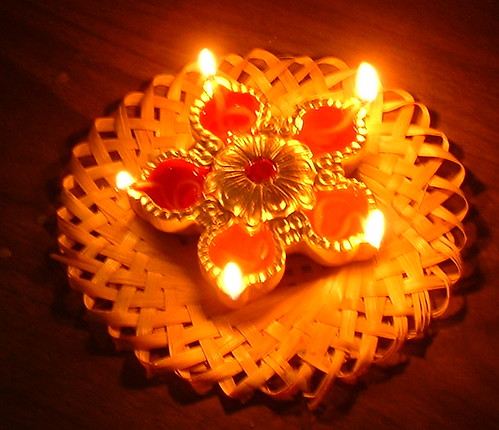

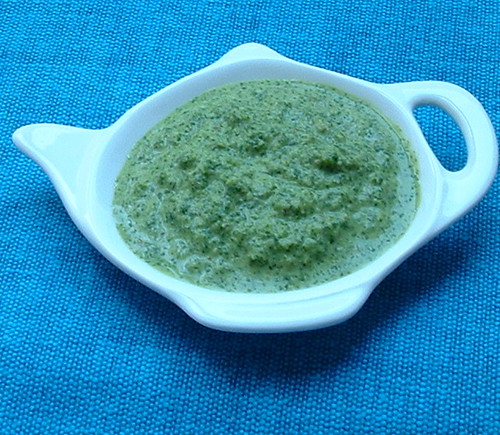
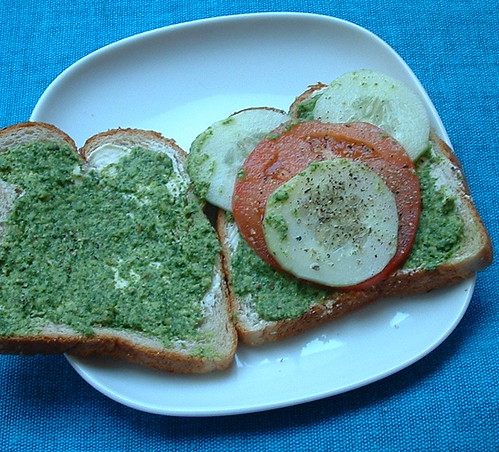

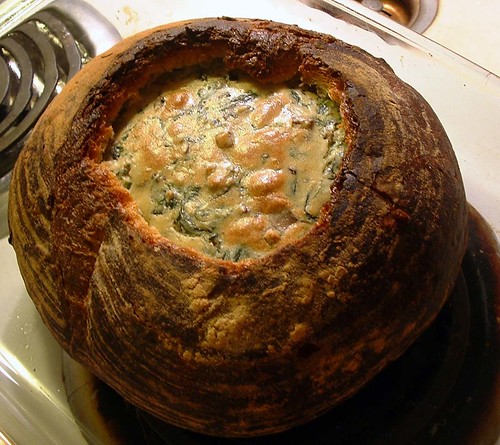
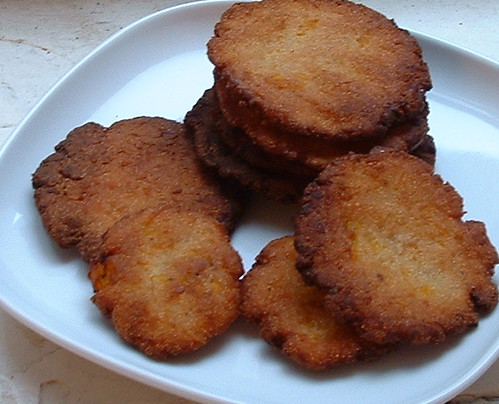

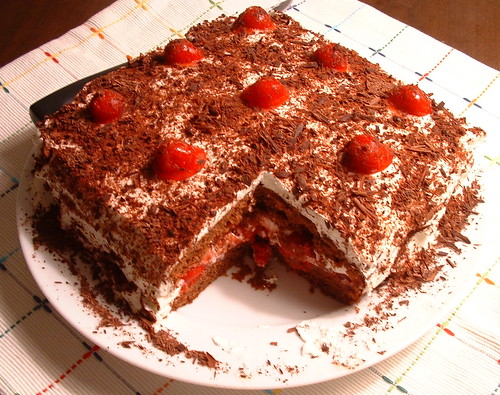
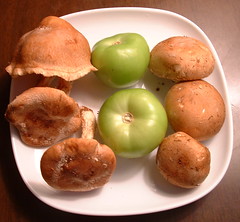
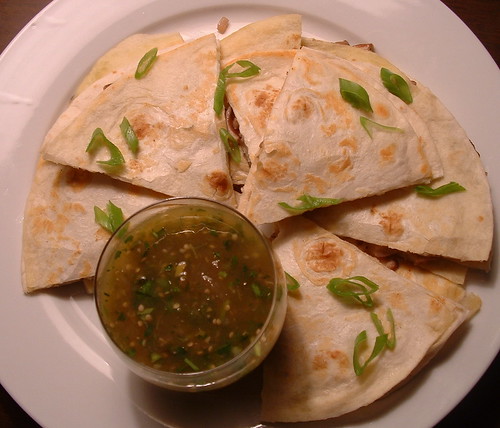
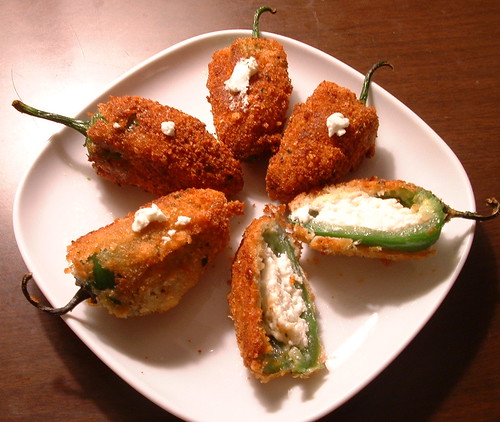
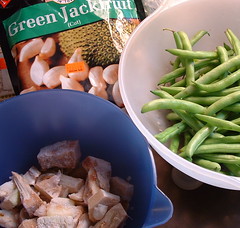
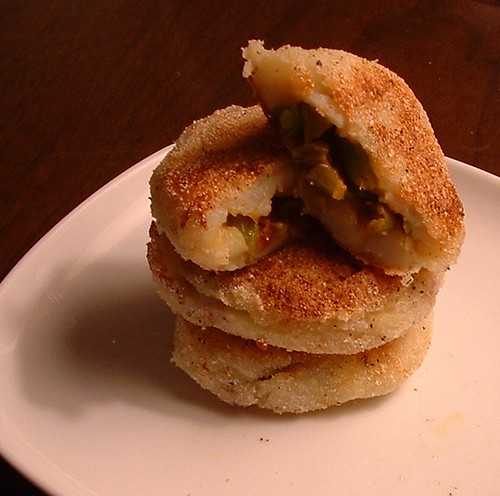
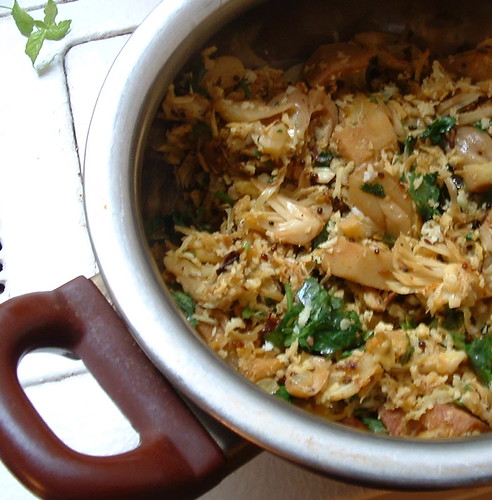
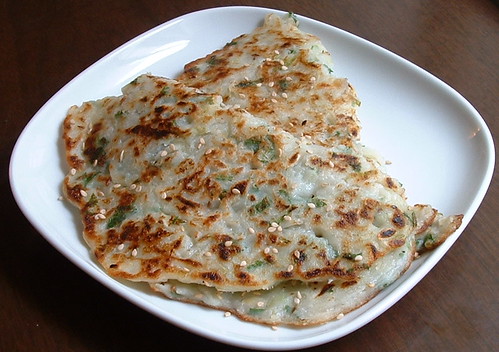

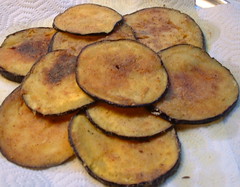 Ingredients:
1 large eggplant
1/2 cup rice flour
1/2 tsp turmeric
1/2 tsp red chilli powder/ cayenne pepper
Salt to taste
Oil for frying
Method:
1. Wash the eggplant and cut into slices crosswise. The thickness of the slices can be 1/4-1/2 inch thick, depending on whether you prefer the "kaap" crispier or "meatier". Set aside. Some people peel, salt and drain the eggplant but I have never found this to be necessary.
2. On a plate, mix the rice flour, salt, turmeric and chilli powder.
3. Heat 1/2 inch of oil in a skillet.
4. Dredge each slice in the flour mixture, patting so that it gets coated on each side, and shallow-fry the eggplant on each side till crispy. Drain on paper towels.
Serve hot with rice and dal. Other vegetables that make good kaap are: raw plaintains, potato, yam, pumpkin. A mixed "kaap" platter is a real treat!
That concludes our "Egg-citing" E-journey. The next letter is "F". Hmmm...any ideas for this one?
Ingredients:
1 large eggplant
1/2 cup rice flour
1/2 tsp turmeric
1/2 tsp red chilli powder/ cayenne pepper
Salt to taste
Oil for frying
Method:
1. Wash the eggplant and cut into slices crosswise. The thickness of the slices can be 1/4-1/2 inch thick, depending on whether you prefer the "kaap" crispier or "meatier". Set aside. Some people peel, salt and drain the eggplant but I have never found this to be necessary.
2. On a plate, mix the rice flour, salt, turmeric and chilli powder.
3. Heat 1/2 inch of oil in a skillet.
4. Dredge each slice in the flour mixture, patting so that it gets coated on each side, and shallow-fry the eggplant on each side till crispy. Drain on paper towels.
Serve hot with rice and dal. Other vegetables that make good kaap are: raw plaintains, potato, yam, pumpkin. A mixed "kaap" platter is a real treat!
That concludes our "Egg-citing" E-journey. The next letter is "F". Hmmm...any ideas for this one?
